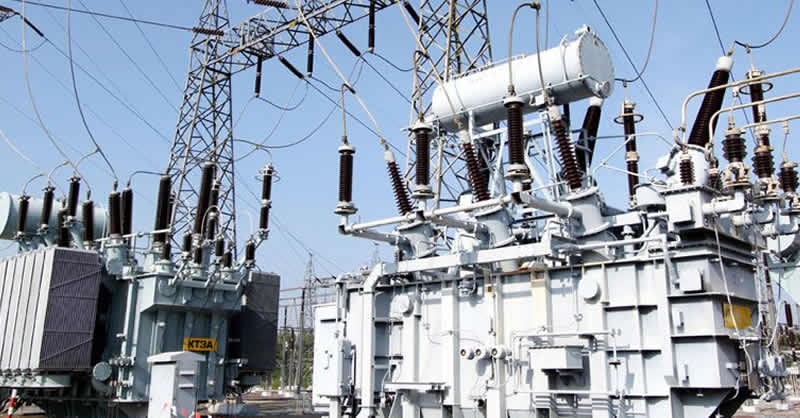Each time Nigerians are confronted with epileptic power supply, their very first target is either the DisCos or the Minister of Power. They don’t care to know where the issue is coming from, on the grounds that DisCos and the Minister of Power are the two channels an average Nigerian depends on for power supply.
While DisCos is seen as a major supplier of power as well as charge them for power bills, the minister is perceived as an administrator, controlling the affairs of the power sector, which is indeed not far from the truth. This and other issues are the challenges every power minister in Nigeria and DisCos are confronted with.
DisCos mostly fault the Transmission Company for supply shortage. The Transmission Company of Nigeria (TCN) asserts that the ugly trend of epileptic power supply is a nationwide experience due to low power generation by the generation firms (GenCos). A portion of the issues are attributed to technical hitch in Egbin plant, low gas supply and a host of other factors.
It is worthy to note that the transmission sector has experienced numerous achievements in the past few years. Evidently, Nigeria witnessed just 4 grid collapses in 2020 as against the 42 in 2010.
A complete framework breakdown implies an all-out power outage in the country. This is perhaps the greatest problem that needs to be solved by the Minister for Power, Engr Abubakar D. Aliyu. In light of the fact that once the nation observes a complete system breakdown, Nigerians will handily fail to remember the numerous headways made years-long, for instance, a 24-hour disappointment will render a one-year achievement futile.

How should the minister and his team handle issues related to complete system breakdown? The response to this isn’t far-fetched. First, the need for adoption of a reductionist methodology can not be overemphasized. Our power sector works on an all-encompassing framework. Let’s take for instance, when the Egbin Thermal Power Station in Ijede/Egbin, in Ikorodu, Lagos was faced with technical issues, a customer in Jimeta, Adamawa State, will feel the effect, and in same manner, accuse his DisCo and the Minister of Power.
The best solution to tackle this issue is Neighborhood Solar Power and Wind-power model. Each neighborhood in Nigeria that is connected to the national grid has an electricity-transformer site. Technicians and experts in the Ministry of Power, the Rural Electrification Agency (REA), and DisCos in collaboration with other private firms should look into a model to build solar panel farms and mini wind turbines at these transformer sites or near it at each community to connect the neighborhoods with alternative power; this will allow members of a community to share the benefits of solar energy when the national grid collapses even if they lack solar panels on their properties. This system is being operated globally; Nigeria should benchmark it.
Lightweight, flexible wind turbines and small solar panel farms within the neighborhood, can be used to power communities when the national grid collapse without the people feeling any impact, thus the Minister of Power and DisCos will be free from public criticisms, while GenCos will have ample time to rectify any technical glitch.
Though community solar panel farms and community wind turbines are basically for the population in rural areas without access to the national grid, Nigeria’s electricity system should be a combination of a ‘hybrid power system’- national grid, mini solar, and mini wind turbines at communities. A kind of decentralised electricity-supply system which alternates between the national grid and renewable energy. This can be one of the best technical options available for Nigeria.
It’s important to note that these two alternatives; neighborhood solar and wind turbines are not new to the government. Some reports say there are 10 large-scale Solar Power Plants in Mega Watt in some locations in Nigeria. Nigeria has not put much interest in such a project, because of the country’s capacity to generate enough power from its plants. However, transmission and distribution bottlenecks should be a big reason for the government to seriously look into utility-scale solar and mini wind turbine power generation in neighborhoods to serve as an option when the country is faced with its total or partial national grid failure, as the country is witnessing now.





